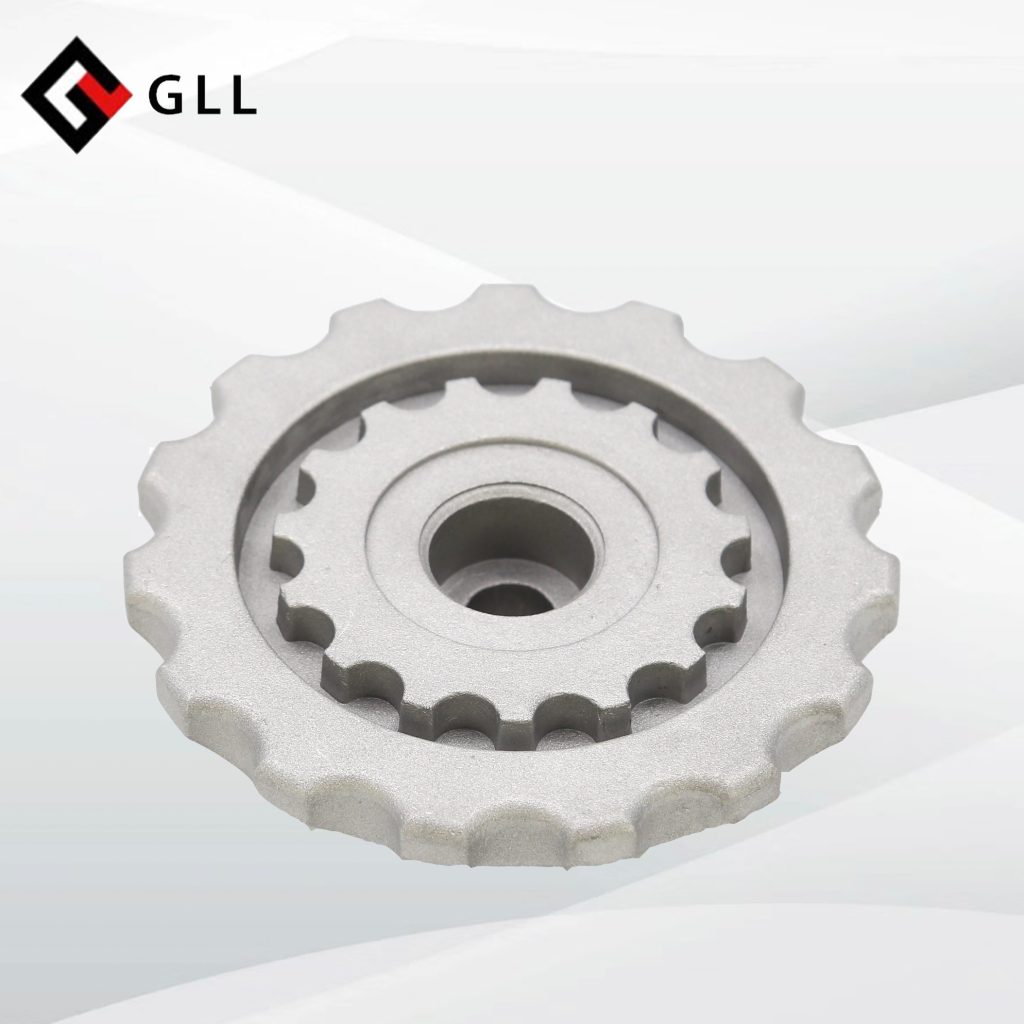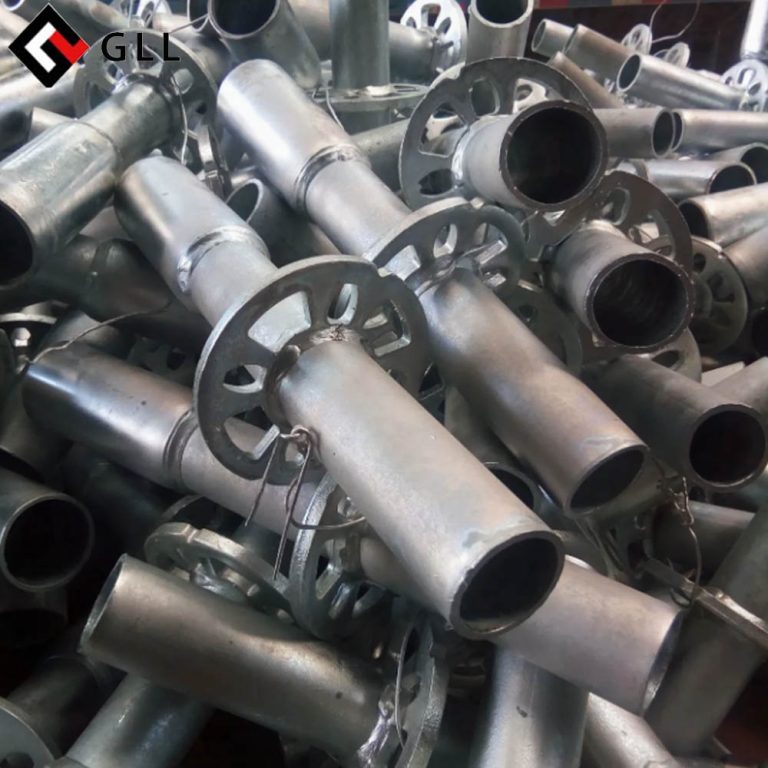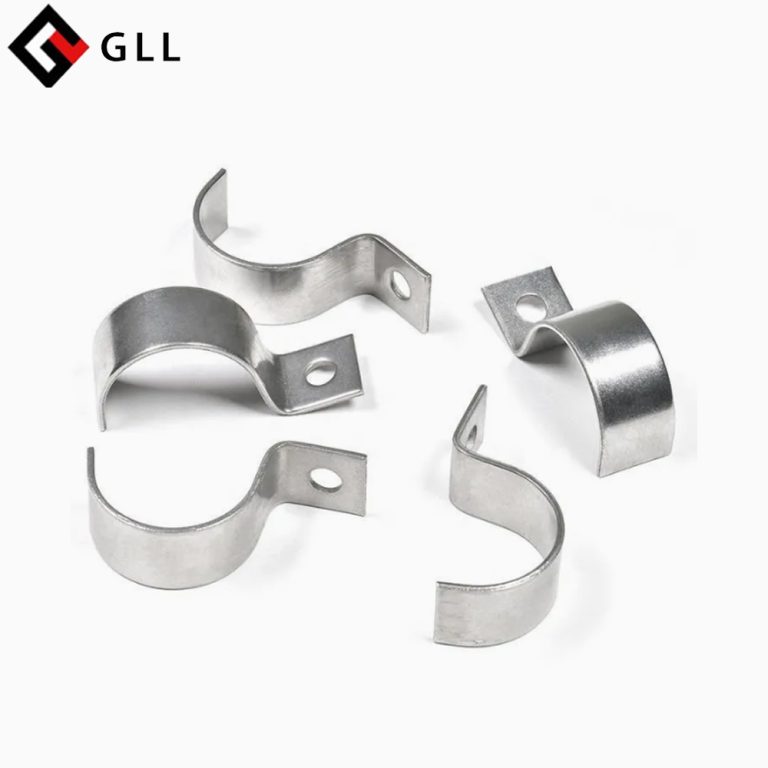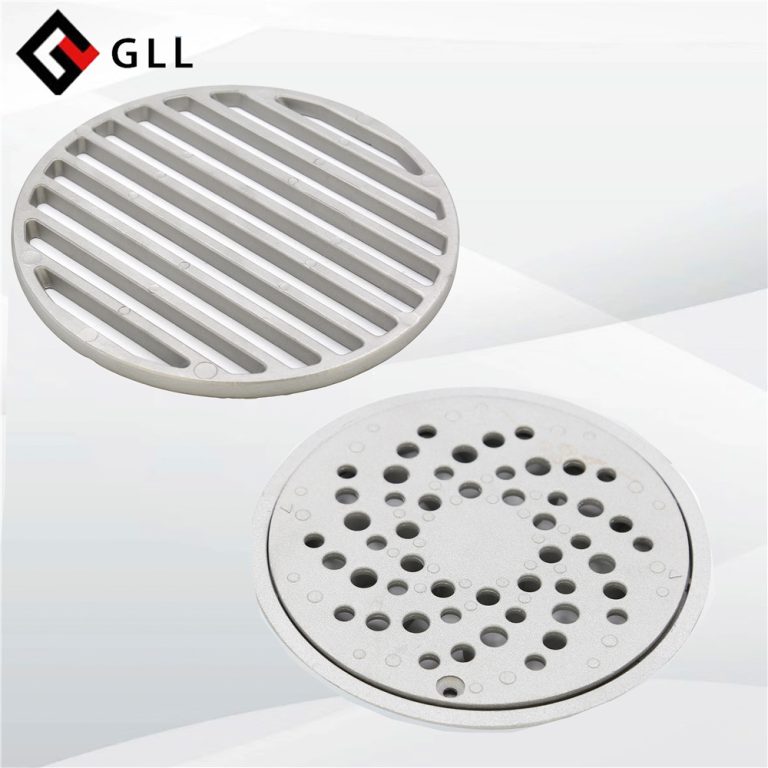Sand Casting is one of the oldest methods in metal casting. But it is still widely used today. Not only can sand casting make those big and heavy machinery components, it also can be used to make small parts with precision. Today let’s talk about the advantages and the disadvantages about sand casting. It is necessary to understand its strengths and limitations, which can help you choose best casting method for different specific needs.
Strengths:
- Cost-Effective
Compared with other casting methods, sand casting is a rather relatively cost-effective process. The cost of mould is inexpensive for it recyclable sand. It is usually used in small production runs.
- Easy to adjust
The sand mold is easy to adjust or modify, which allows for mold adjustment and correction during the production process. This process doesn’t need additional costs and remoulding costs.
- Able to produce intricate shapes
Although the process is slower than die casting, it can still produce intricate and detailed designs, including internal cavities and complex geometries.
- Wide range of materials
Sand casting allows for a wider range of materials like Aluminum, Alloy, and iron, which helps the manufacturer to choose the most suitable material for their production.
- Rough Surface Finish
The most obvious disadvantage is the rough surface, which lacks smoothness. So the casting parts are required additional machining and other post processing steps like polishing and deburring.
- Limited Material Options
The Sand Mold is easy to break down if the temperature is too high. So Sand Casting is not suitable for the materials with high melting points.
- Lower Dimensional Accuracy
Compared with Die Casting, Sand Casting tends to exhibit lower dimensional accuracy. Variations in the composition of the sand mold and the casting process can lead to variations in the final products.
- Low Production
Sand Casting is a relatively slow process, for it requires manual labor to move and remove the sand mold and pour the molten metal. And this will increase production time so it’s not suitable for parts with large quantity needs.
- Labor-Intensive Process
Sand casting requires manual labor so it’s often labor-intensive. The process requires skilled workers to move and remove the sand mold and pour the molten metal. This can lead to increased costs and time.
- Environmental Concerns
Sand casting can raise environmental concerns that are related to waste management. Before the sand is discarded, it can only be reused for limited number of times, which will lead to large quantity of waste.
GLL Offers Exclusive Sand Casting Service
As a qualified manufacturer and supplier with experiences of more than 30 years, GLL is devoted to provide customers with the desired Casting Parts. You can click here to contact us if you need.




